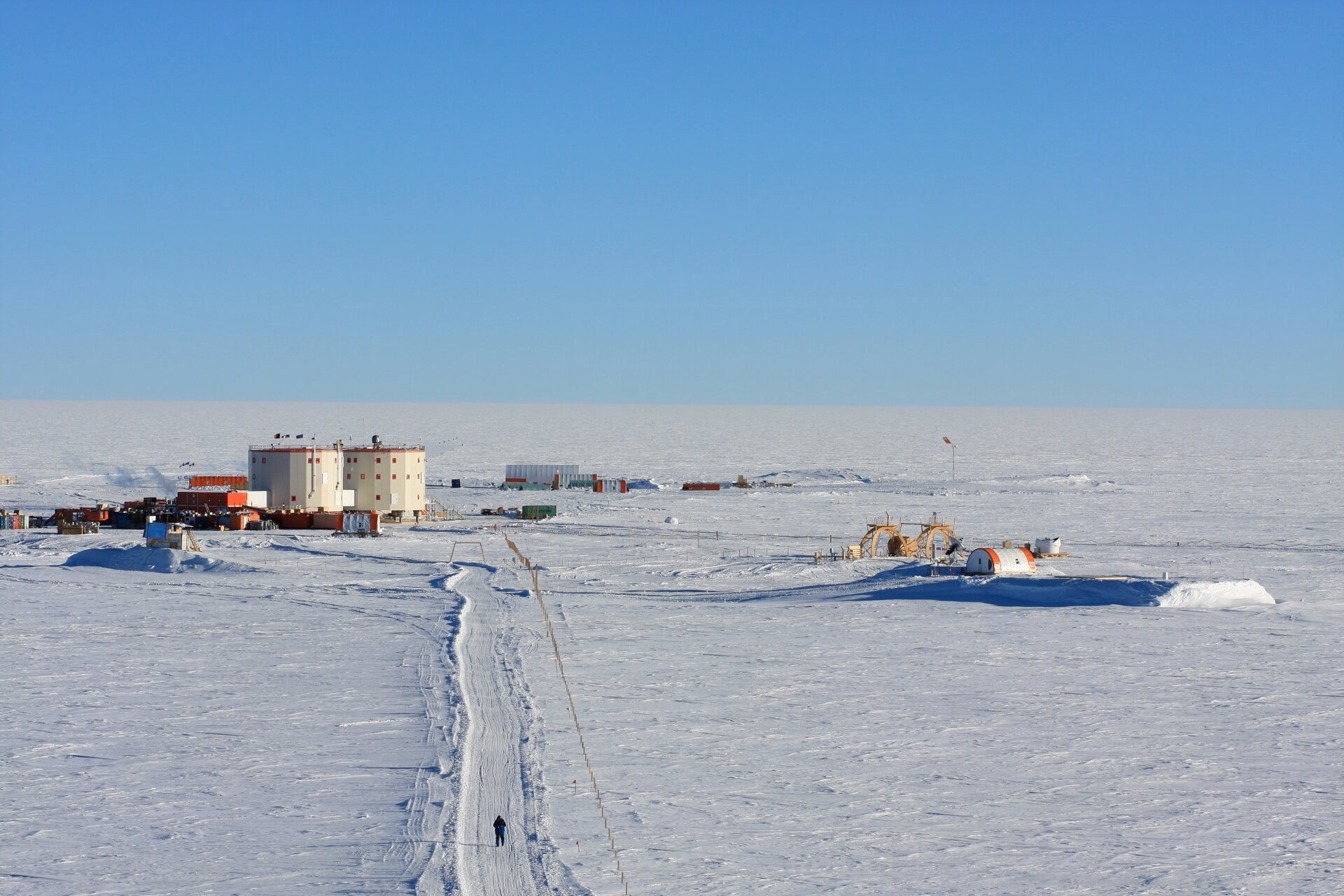Even in the world’s harshest environment, men’s stress and sex hormones stay steady, but muscle mass is another story, revealing the body’s remarkable resilience and vulnerability in polar isolation.
 Concordia Station, the remotest base on Earth. Image Credit: European Space Agency. Study: Cortisol, testosterone and body composition changes during overwintering at Concordia in Antarctica
Concordia Station, the remotest base on Earth. Image Credit: European Space Agency. Study: Cortisol, testosterone and body composition changes during overwintering at Concordia in Antarctica
In a recent study published in Steroids, researchers investigated changes in testosterone, cortisol, and body composition during overwintering in Antarctica.
Antarctica presents one of the most extreme and inhospitable environments on Earth. Both psychological and physiological stresses exist at Concordia in Antarctica, with temperatures under -80°C in the winter, hypoxia corresponding to 3400--3800 m altitude, and confinement and isolation conditions that can induce cognitive and physical alterations, such as sleep, mood, respiratory, and cardiovascular changes. However, less is known about testosterone and cortisol levels in these conditions.
These steroid hormones are crucial to the quality of life and the extent of success or failure in various endeavors. Testosterone and cortisol secretion follow the circadian rhythm, with the highest and lowest levels in the morning and evening. Steroid hormones can be measured in saliva, and there is a high correlation between free saliva and serum cortisol or testosterone in pathological and healthy subjects.
Salivary testosterone and cortisol levels decrease by 60% and 80% between awakening and evening under normal conditions. These fluctuations have become a focal point as new data show alterations in hypothalamic-pituitary-gonadal (HPG) and hypothalamic-pituitary-adrenal (HPA) axis functions in relation to physical exercise, sleep deprivation, chronic stress, and nutritional behaviors. However, studies on the impact of overwintering in Antarctica on steroid hormones are scarce.
About the study
In the present study, researchers evaluated changes in testosterone and cortisol levels, as well as body composition, in males during overwintering in Antarctica. Twenty-three males participated in the study during the 2021-22 and 2022-23 winter campaigns. They spent one year at the French-Italian Concordia station from November to October. Social activities and meals were scheduled at fixed time points to help maintain a regular circadian rhythm.
Saliva samples were collected upon awakening and in the evening (8:00 PM), and testosterone and cortisol levels were measured using enzyme-linked immunosorbent assay (ELISA) kits. Bioelectrical impedance analysis was performed on the same day to assess body composition. Subjects were stratified into two groups a posteriori (after the fact) in case body composition changes occurred. Group 1 included subjects with muscle mass (MM) loss > 2%.
Group 2 included subjects without significant MM loss (i.e., < 2%). Besides, the Chester step test was used to assess physical aptitude. Analysis of variance (ANOVA) was performed to examine differences between trials. Pairwise comparison post hoc tests or post hoc Fisher test determined the parameters with significant differences in case ANOVA revealed a significant main effect.
Findings
Participants were on average 39.6 years old. The mean body mass index (BMI) was 24.4 kg/m², and MM was 59.2 kg. Ten participants lost over 2% of their MM between January and October and were stratified into group 1. MM loss was significant from May to October in group 1. On the other hand, considerable losses in body mass (BM) and fat mass (FM) were observed in June and September, respectively.
Group 2 exhibited a significant increase in FM and BM from August. There were significant correlations between BM and MM changes and BM and FM changes in both groups. However, the study found no significant correlation between the changes in muscle mass and fat mass in either group. There was no significant change in physical aptitude throughout wintering in any group. However, the paper notes a significant group effect, with Group 1 (those with muscle loss) having higher end-exercise heart rate values. The researchers suggest that this could reflect a lower initial physical level in those subjects, indicating that pre-expedition fitness may be a significant factor.
Furthermore, salivary testosterone and cortisol levels showed no significant differences in the morning or evening in any of the groups. Fluctuations in these hormones also did not change significantly throughout the wintering period. However, Group 1 showed a non-significant tendency toward lower awakening testosterone concentrations and statistically significant lower testosterone fluctuations between awakening and evening compared to Group 2.
Conclusions
Nearly half of the participants lost over 2% of their MM during overwintering at Concordia. However, no significant changes occurred in physical aptitude, regardless of MM loss. Furthermore, morning and evening concentrations of testosterone and cortisol were maintained throughout the wintering period in all participants, although subjects with MM loss exhibited statistically significantly lower testosterone fluctuations and increased end-exercise heart rates.
Overall, the findings underscore the preservation of testosterone and cortisol levels, as well as the adaptation of the HPG and HPA axes to extreme conditions. The researchers note several limitations, including the lack of data on sleep quality, the exact awakening times for each subject, and the inability to measure the Cortisol Awakening Response (CAR), which could offer deeper physiological insight. The study also included no female participants.
Consequently, the paper calls for further studies to determine the mechanisms behind muscle mass loss, specifically by taking into account the subjects' energy intake and expenditure, as well as their initial fitness levels. This future research, they suggest, is necessary to propose effective diet and physical activity countermeasures for future expeditions.